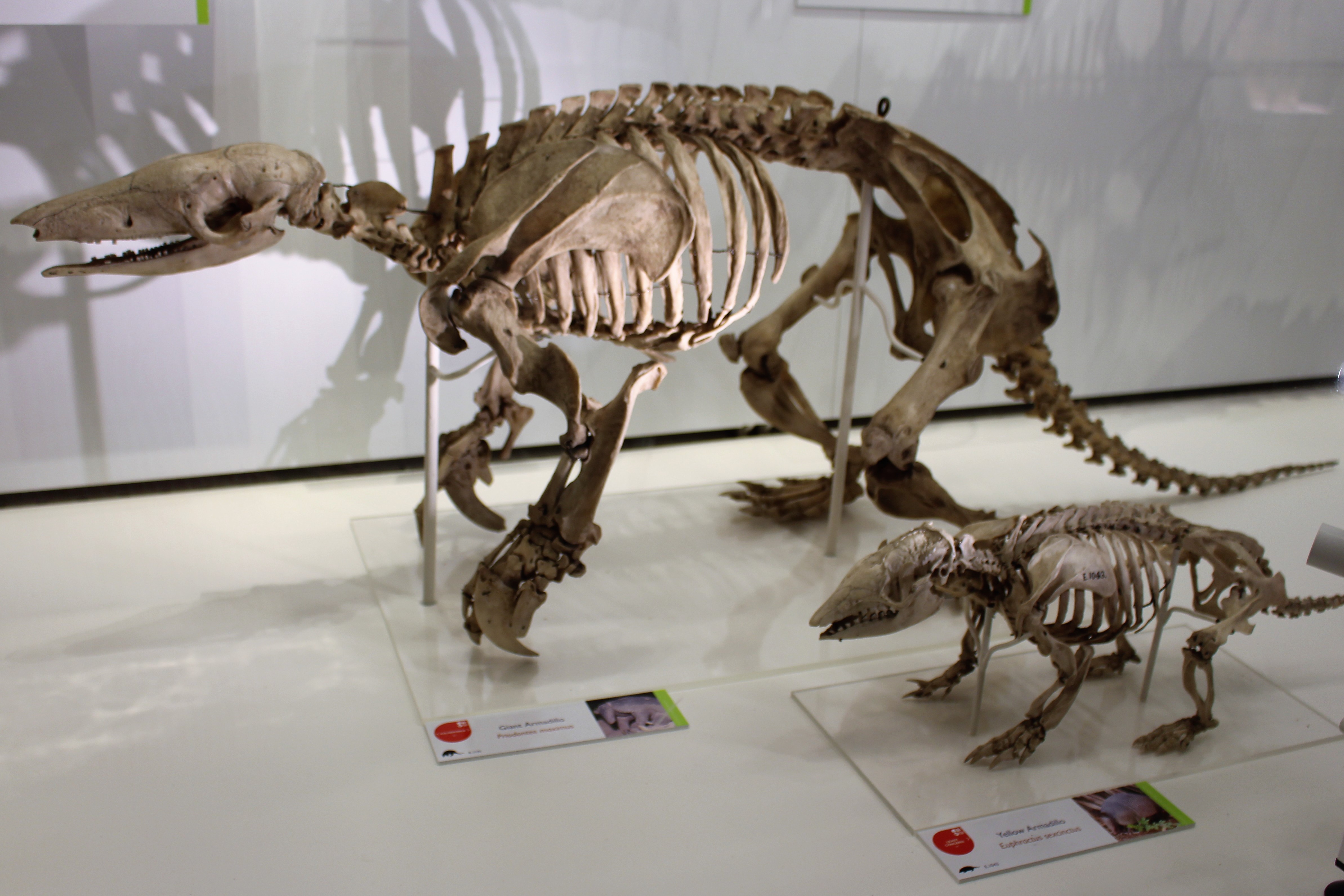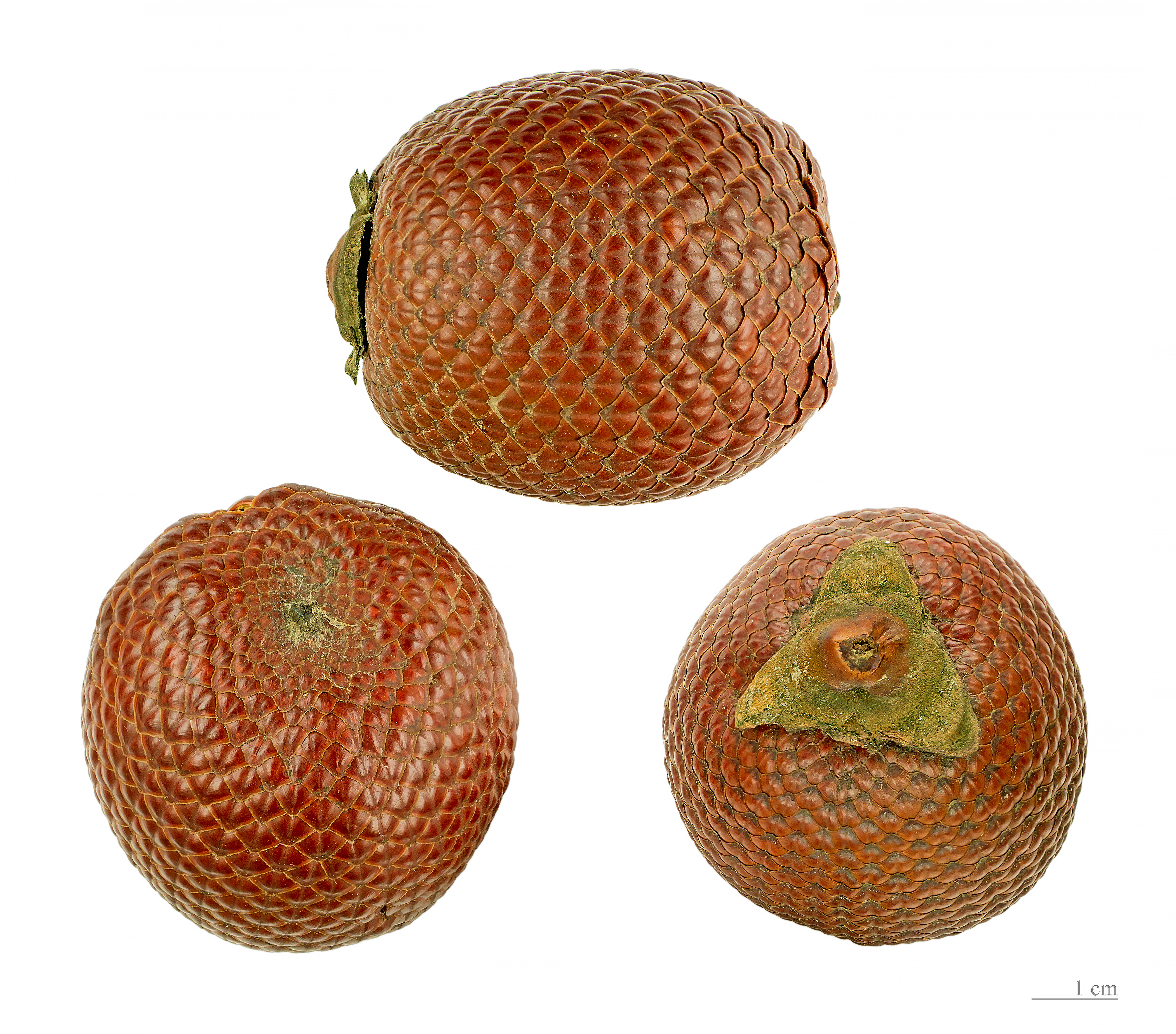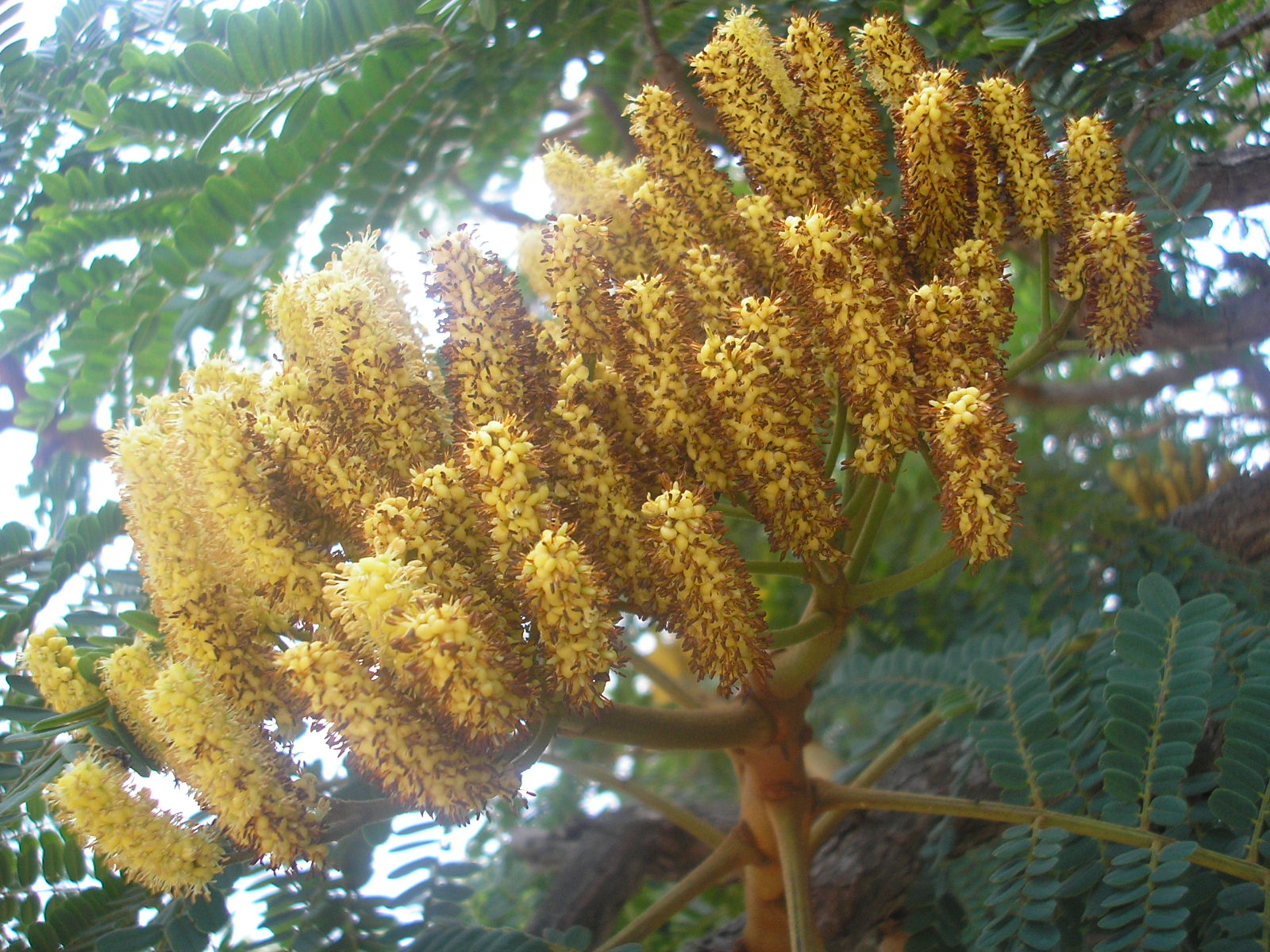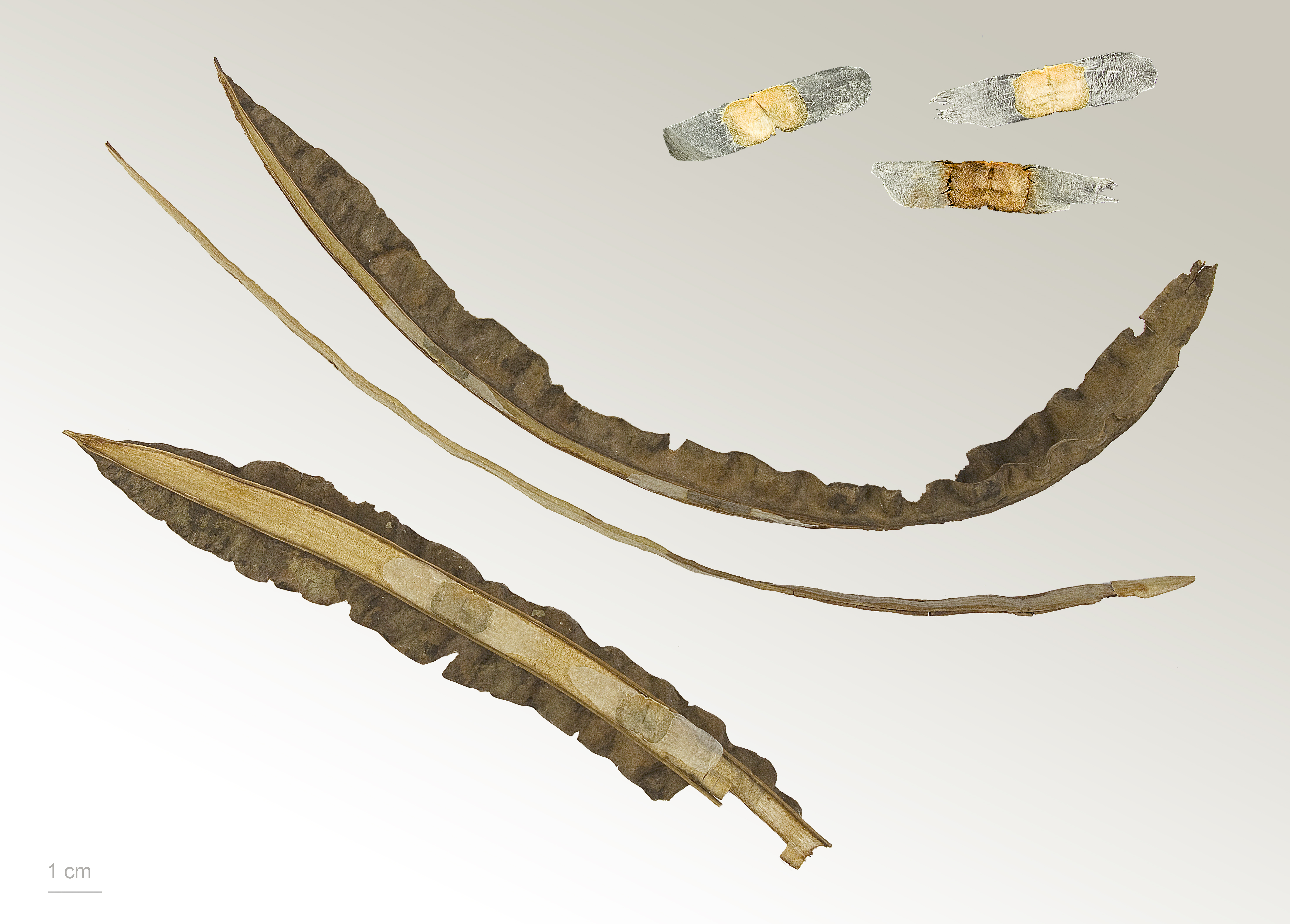|
Mirador State Park
The Mirador State Park ( pt, Parque Estadual de Mirador) is a state park in the state of Maranhão, Brazil. It protects the headwaters of an important source of water for communities in the state, including the state capital. Its own protection from illegal logging, slash-and-burning, grazing and hunting is underfunded. Location The Mirador State Park is in the municipality of Mirador, Maranhão. It has an area of about . The park covers the Serra do Itapecuru, which rises to between the basins of the Alpercatas and Itapecuru rivers. It protects the watershed and headwaters of several tributaries of the upper Itapecuru, an important source of water for twenty cities in Maranhão including São Luís. Environment The climate is dry, subhumid, with annual rainfall of . Average maximum temperatures are . Average minimum temperatures are . Vegetation is mainly cerrado, cerradão and gallery forest. A 2013 survey of flora found 53 families, 98 genera and 140 species. The families ... [...More Info...] [...Related Items...] OR: [Wikipedia] [Google] [Baidu] |
Mirador, Maranhão
Mirador is a municipality in the state of Maranhão in the Northeast region of Brazil. It contains the Mirador State Park, created in 1980. See also *List of municipalities in Maranhão This is a list of the municipalities in the state of Maranhão (MA), located in the Northeast Region of Brazil. Maranhão is divided into 217 municipalities, which are grouped into 21 microregions, which are grouped into 5 mesoregions. Se ... References Municipalities in Maranhão {{Maranhão-geo-stub ... [...More Info...] [...Related Items...] OR: [Wikipedia] [Google] [Baidu] |
Melastomataceae
Melastomataceae is a family of dicotyledonous flowering plants found mostly in the tropics (two-thirds of the genera are from the New World tropics) comprising c. 175 genera and c. 5115 known species. Melastomes are annual or perennial herbs, shrubs, or small trees. Description The leaves of melastomes are somewhat distinctive, being opposite, decussate, and usually with 3-7 longitudinal veins arising either from the base of the blade, plinerved (inner veins diverging above base of blade), or pinnately nerved with three or more pairs of primary veins diverging from the mid-vein at successive points above the base. Flowers are perfect, and borne either singly or in terminal or axillary, paniculate cymes. Ecology A number of melastomes are regarded as invasive species once naturalized in tropical and subtropical environments outside their normal range. Examples are Koster's curse (''Clidemia hirta''), '' Pleroma semidecandrum'' and ''Miconia calvescens'', but many other specie ... [...More Info...] [...Related Items...] OR: [Wikipedia] [Google] [Baidu] |
Giant Armadillo
The giant armadillo (''Priodontes maximus''), colloquially ''tatu-canastra'', ''tatou'', ''ocarro'' or ''tatú carreta'', is the largest living species of armadillo (although their extinct relatives, the Glyptodontidae, glyptodonts, were much larger). It lives in South America, ranging throughout as far south as northern Argentina. This species is considered vulnerable to extinction. The giant armadillo prefers termites and some ants as prey, and often consumes the entire population of a termite mound. It also has been known to prey upon worms, larvae and larger creatures, such as spiders and snakes, and plants. Some giant armadillos have been reported to have eaten bees by digging into beehives. At least one zoo park, in Villavicencio, Colombia – ''Los Ocarros'' – is dedicated to this animal. Description The giant armadillo is the largest living species of armadillo, with 11 to 13 hinged bands protecting the body and a further three or four on the neck. Its body is dark ... [...More Info...] [...Related Items...] OR: [Wikipedia] [Google] [Baidu] |
King Vulture
The king vulture (''Sarcoramphus papa'') is a large bird found in Central and South America. It is a member of the New World vulture family Cathartidae. This vulture lives predominantly in tropical lowland forests stretching from southern Mexico to northern Argentina. It is the only surviving member of the genus ''Sarcoramphus'', although fossil members are known. Large and predominantly white, the king vulture has gray to black ruff, flight, and tail feathers. The head and neck are bald, with the skin color varying, including yellow, orange, blue, purple, and red. The king vulture has a very noticeable orange fleshy caruncle on its beak. This vulture is a scavenger and it often makes the initial cut into a fresh carcass. It also displaces smaller New World vulture species from a carcass. King vultures have been known to live for up to 30 years in captivity. King vultures were popular figures in the Mayan codices as well as in local folklore and medicine. Although currently li ... [...More Info...] [...Related Items...] OR: [Wikipedia] [Google] [Baidu] |
Buriti
''Mauritia flexuosa'', known as the moriche palm, ''ité'' palm, ''ita'', ''buriti'', ''muriti'', ''miriti'' (Brazil), ''canangucho'' (Colombia), ''acho'' (Ecuador), or ''aguaje'' (Peru), is a palm tree. It grows in and near swamps and other wet areas in tropical South America. ''Mauritia flexuosa'', a tree, can reach up to in height. The large leaves form a rounded crown. The flowers are yellowish and appear from December to April. The fruit, which grows from December to June, is a chestnut color and is covered with shiny scales. The yellow flesh covers a hard, oval nut. The seeds float, and this is the means by which the palm tree propagates. In natural populations, the tree reaches very high densities. Fruit Moriche palm fruit ("morete" in the Oriente of Ecuador) is edible and used to make juice, jam, ice cream, a fermented "wine", desserts and snacks, requiring harvesting of more than 50 tonnes per day in Peru. The inflorescence buds are eaten as a vegetable and the sap c ... [...More Info...] [...Related Items...] OR: [Wikipedia] [Google] [Baidu] |
Pilocarpine
Pilocarpine is a medication used to reduce pressure inside the eye and treat dry mouth. As eye drops it is used to manage angle closure glaucoma until surgery can be performed, ocular hypertension, primary open angle glaucoma, and to bring about constriction of the pupil following its dilation. However, due to its side effects it is no longer typically used in the long term management. Onset of effects with the drops is typically within an hour and lasts for up to a day. By mouth it is used for dry mouth as a result of Sjögren syndrome or radiation therapy. Common side effects of the eye drops include irritation of the eye, increased tearing, headache, and blurry vision. Other side effects include allergic reactions and retinal detachment. Use is generally not recommended during pregnancy. Pilocarpine is in the miotics family of medication. It works by activating cholinergic receptors of the muscarinic type which cause the trabecular meshwork to open and the aqueous humor to ... [...More Info...] [...Related Items...] OR: [Wikipedia] [Google] [Baidu] |
Dimorphandra Mollis
''Dimorphandra mollis'', the Fava d'anta, is a tree species in the genus of '' Dimorphandra''. It is a plant of the Cerrado vegetation of Brazil. The seeds are known to be toxic to cattle. Fava d'anta contains astilbin, rutin and quercetin Quercetin is a plant flavonol from the flavonoid group of polyphenols. It is found in many fruits, vegetables, leaves, seeds, and grains; capers, red onions, and kale are common foods containing appreciable amounts of it. It has a bitter flavor .... References Caesalpinioideae {{Caesalpinioideae-stub ... [...More Info...] [...Related Items...] OR: [Wikipedia] [Google] [Baidu] |
Hymenaea Courbaril
''Hymenaea courbaril'', the courbaril or West Indian locust, is a tree common in the Caribbean, Central America, and South America. It is a hardwood that is used for furniture, flooring, and decoration. Its hard fruit pods have edible dry pulp surrounding the seeds. Its sap, called animé, is used for incense, perfume, and varnish. Names ''Hymenaea courbaril'' is commonly known as the "courbaril", "West Indian locust", "Brazilian copal", and "amami-gum", and "Jatobá Although it is sometimes denominated "Brazilian cherry" and "South American cherry", it is not a cherry, cherry tree but a legume of the family Fabaceae. It is also known as "stinking toe", "old man's toe", and "stinktoe" because of the unpleasant odor of the edible pulp of its seed pods. Fruit Its fruit, also known as locust, was a major food for indigenous peoples. Those who eat it do not consider the odor unpleasant. The pulp, in spite of its somewhat disagreeable odor, has a sweet taste; is consumed raw; may ... [...More Info...] [...Related Items...] OR: [Wikipedia] [Google] [Baidu] |
Pterodon Emarginatus
''Pterodon emarginatus'' ( Portuguese: sucupira-branca) is a Brazilian legume of the Cerrado.Corrêa, P., (1984) ''Dicionário das plantas úteis do Brasil.'' Widely distributed in the west of Minas Gerais Minas Gerais () is a state in Southeastern Brazil. It ranks as the second most populous, the third by gross domestic product (GDP), and the fourth largest by area in the country. The state's capital and largest city, Belo Horizonte (literally ... and in Goiás, Brazil, the fruit oil of this plant is used to deter skin penetration by '' Schistosome cercariae''. References Dipterygeae Flora of Brazil Medicinal plants {{Faboideae-stub ... [...More Info...] [...Related Items...] OR: [Wikipedia] [Google] [Baidu] |
Solanum Lycocarpum
''Solanum lycocarpum'', or wolf apple, is common in the Brazilian savanna, the Cerrado ecoregion. The plant is called ''lobeira'' ("wolf's plant") or ''fruta-do-lobo'' ("wolf's fruit") in Portuguese. The name "wolf apple" comes from the fact that they account for more than 50% of the maned wolf's diet. Likewise, the scientific name "''lycocarpum''" is formed from Latinized Greek elements "''lyco-''", meaning "wolf", and "''carpum''" meaning "fruit". Range The native range of the wolf apple tree is the Brazilian savannah, but it grows also on pastures and disturbed land, such as highway margins, in various parts of Brazil. It prefers moist, clay soil, full sun, and mild temperatures. Description The wolf apple plant is a flowering shrub or small tree with round open crown, ranging in height from . The large leaves are long, simple but deeply lobed, tough, and covered in a soft grey-white fuzz, in alternate disposition. Plants flower through the year, but more intensely ... [...More Info...] [...Related Items...] OR: [Wikipedia] [Google] [Baidu] |
Caryocar Brasiliense
''Caryocar brasiliense'', known as pequi (, ) or "souari nut", like its congeners, is an edible fruit popular in some areas of Brazil, especially in Centerwestern Brazil. Taxonomy The pequi tree grows up to 10 m (30 ft) tall. It is common in the central Brazilian cerrado habitatMelo (2001) from southern Pará to Paraná and northern Paraguay. Its leaves are large, tough, hairy and palmate, with three leaflets each. Unlike most other cerrado trees, it bears flowers in the dry winter months, approximately July to September. The yellowish-white flowers are hermaphroditic and bear many stamens; they somewhat resemble a huge pale St John's Wort flower (a distant relative among the Malpighiales). There are often two dozen or more flowers per inflorescence. Pollination Pollination is mainly by bats and, as usual in such cases, the flowers do not have a pleasant smell but produce copious thin nectar. Flowers open in the evening and produce nectar throughout the night ... [...More Info...] [...Related Items...] OR: [Wikipedia] [Google] [Baidu] |
Tabebuia
''Tabebuia'' is a genus of flowering plants in the family Bignoniaceae.Eberhard Fischer, Inge Theisen, and Lúcia G. Lohmann. 2004. "Bignoniaceae". pages 9-38. In: Klaus Kubitzki (editor) and Joachim W. Kadereit (volume editor). ''The Families and Genera of Vascular Plants'' volume VII. Springer-Verlag: Berlin; Heidelberg, Germany. The common name "roble" is sometimes found in English. ''Tabebuias'' have been called "trumpet trees", but this name is usually applied to other trees and has become a source of confusion and misidentification. ''Tabebuia'' consists almost entirely of trees, but a few are often large shrubs. A few species produce timber, but the genus is mostly known for those that are cultivated as flowering trees.David J. Mabberley. 2008. ''Mabberley's Plant-Book'' third edition (2008). Cambridge University Press: UK. ''Tabebuia'' is native to the American tropics and subtropics from Mexico and the Caribbean to Argentina. Most of the species are from Cuba and Hi ... [...More Info...] [...Related Items...] OR: [Wikipedia] [Google] [Baidu] |






.jpg)
